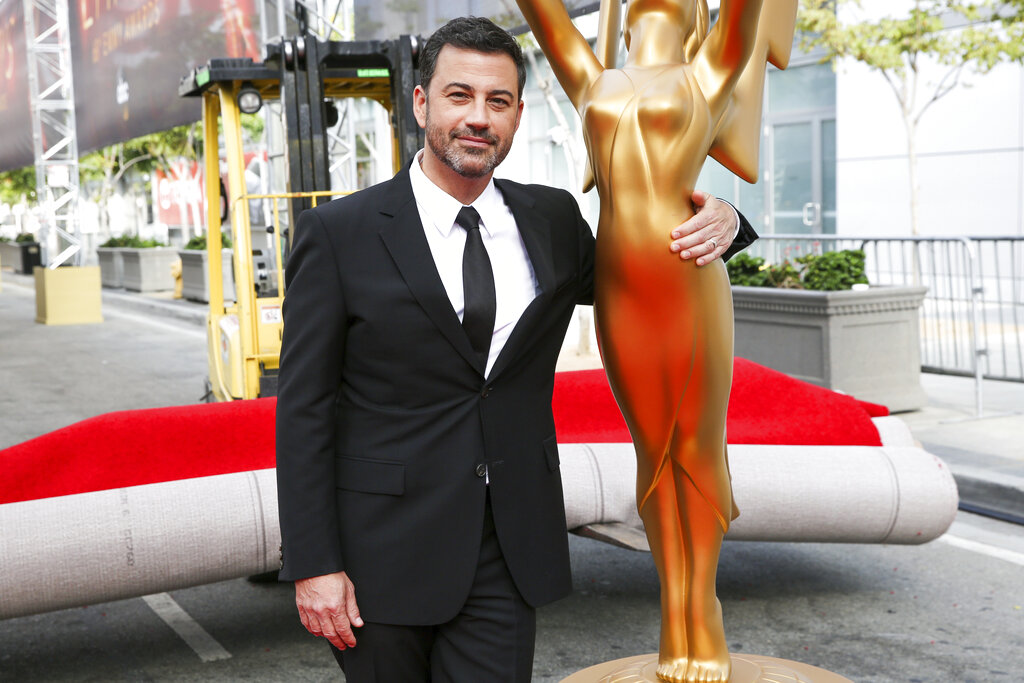COLUMBIA, S.C.—The South Carolina Criminal Justice Academy will try to study the recent shootings of six Georgia police officers to see if instructors need to adjust their training in any way. Six officers were shot over a six-day period in three separate incidents.
Bruce Hancock, senior instructor on defensive tactics at the SCCJA, says after incidents like those they’ll try to get any dashcam or bodycam video that’s available to see exactly what happened. “We try to learn from our mistakes. Sometimes it’s not mistakes on our part. It may just be that we’re in the wrong place, wrong time, because we do live in a very violent society nowadays,” he says. “If there’s something really out there in left field, meaning you see something that maybe we were teaching that we need to change, we’re definitely going to do that for the betterment of our officers.”
All the shootings came after what would seem to be routine calls. Two officers were shot and killed in Americus, Georgia, about 150 miles south of Atlanta, when they responded to a call about a domestic dispute on December 7th. Americus Police Officer Nicholas Ryan Smarr was shot and killed and his close friend, Georgia Southwestern University officer Jody Smith, was also shot and died later from his injuries. The man suspected of killing them later killed himself.
Five days after Officer Smarr was killed, two more Georgia officers were shot and wounded during a drug operation. They had gone into a home in the small town of Byron, Georgia to serve a search warrant. A man inside the home shot and wounded them. They shot back and killed him.
And then in Lavonia, Georgia, northeast of Atlanta and not far from South Carolina, two officers pulled over a driver in a Zaxby’s parking lot. When they ran the plates, they learned the car was reported stolen from Greenville. When they tried to arrest the driver, he shot them both. Capt. Michael Shulman was shot in the armpit, missing his vest and shattering some ribs and puncturing a lung. Officer Jeffrey Martin was shot in the hand. The man accused of shooting them was captured after a manhunt.
In all three cases, the officers did not answer the calls alone. Hancock says, “Some individuals of course don’t care how many officers are present, especially if they can ambush one or two or even three officers, they will. They’ll take you out in a heartbeat. But we do know there’s safety in numbers and so we’re still stressing to our folks, especially if you’re on a high-risk call or you think there’s going to be some anticipation of a problem from an individual, we’re always going to be safer if we have a second or third officer there with us.”
The academy also teaches officers how to de-escalate situations, if possible, and how best to protect themselves if de-escalation doesn’t work. They’re taught “pre-attack cues,” which are things a suspect might be doing right before an attack. A suspect might stare at an officer’s gun to see if he might be able to grab it before the officer can, or he might be looking the officer up and down, sizing him up to see if he thinks he can overpower him physically. Or an officer might notice a suspect eyeing his belt to see if the officer has other weapons, like pepper spray or a taser.
Officers are also taught to escape and evade, putting distance between themselves and the subject if possible.



